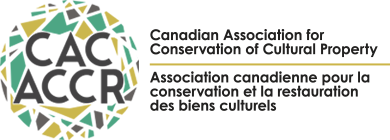J.CAC VOLUME 26 (2001)
Materials Analysis of a Japanned Long Case Clock
This paper describes the scientific analysis of the original materials of an eighteenth-century japanned long case clock from the collection of the Royal British Columbia Museum in Victoria, British Columbia. Analysis showed that the wood was prepared with a thick gesso layer composed of calcium carbonate (chalk) in a protein medium. This white ground was followed with a single application of an opaque, light blue layer pigmented with indigo, lead white and calcium carbonate, also in a protein medium. The coloured japanned layers, applied on top of the light blue layer, are composed of translucent layers of smalt in a natural resin medium, followed by layers of unpigmented natural resin. In both the coloured japanned layers and the unpigmented layers, the natural resin was found to be from a tree source rather than shellac. Raised decoration was produced with a paste of calcium carbonate mixed in a drying oil medium applied to the surface and then sealed with natural resin. Examination of selected surface decorations showed the use of gold leaf, powdered brass and powdered tin, all applied to a mordant pigmented with vermilion. Pigments employed for the painted decoration included iron oxide pigments, carbon black and vermilion. The materials identified on the clock are compared to those described in historic treatises on japanning.
Download: JCAC26 Helwig